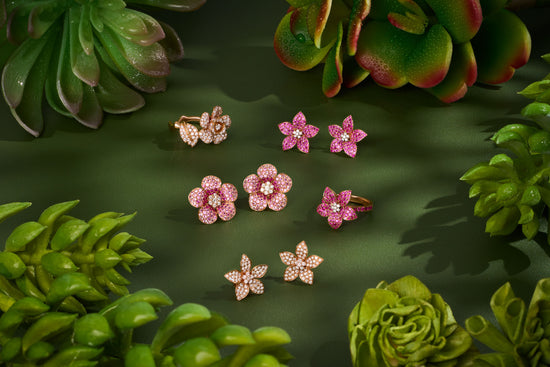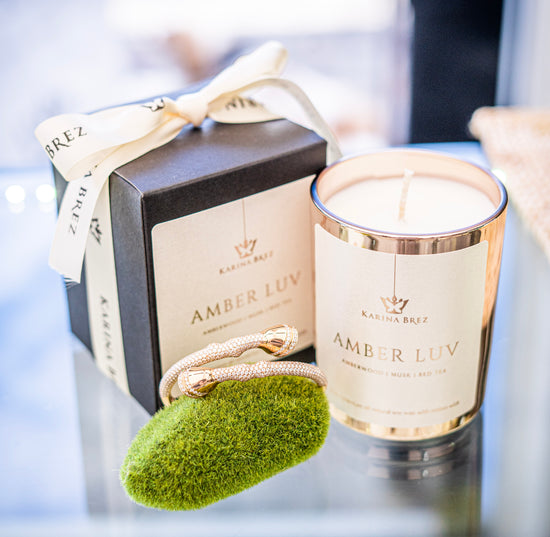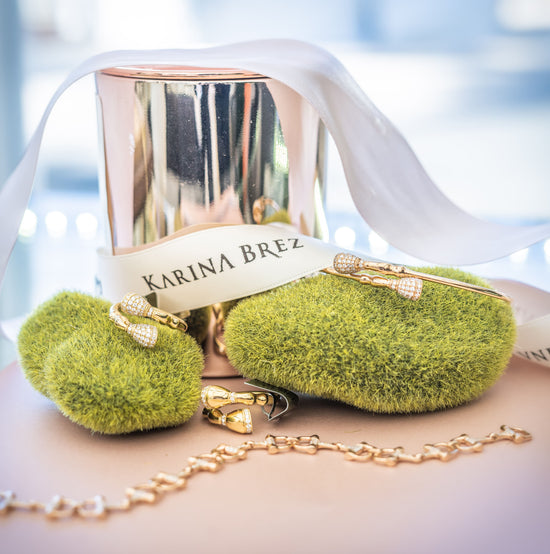The Westphalian horse has one of the largest breeding populations of warmblood horses in Germany. Their popularity as a breed is due to their unique sporting traits. In dressage and show jumping, Westphalians routinely compete at Olympic-level events. In North America, this breed is quite popular in show hunting competitions.
Breeding programs for the Westphalian have, in fact, greatly influenced the sport horse world. Sires such as Polydor have helped to make significant improvements in dressage and jumping since the 1980s.
Although the history of the Westphalian horse is quite rich, much of it has been lost because of records destruction. World War II decimated the known lineage of this breed, reducing it to what people and breeders could offer through oral histories. Because of this, there can be some confusion as to what horses are officially Westphalian and which are of other German Warmblood breeds that may have similar standards and expectations.
It can be particularly confusing because in the early days of this breed, the region responsible produced three different horse breeds that were officially supervised and sanctioned by local government that are very similar to one another.
What Is the Origin of the Westphalian Horse?
The history of the Westphalian horse is directly linked to Warendorf, where a state stud was established in 1826. This stud was intended to serve Rhineland and Westphalia, build under the guidance of the Prussian Stud Administration. The goal was simple: to improve the breed efforts already underway in the region. Formal horse breeding had been happening around Westphalia since at least 1713.
State studs and Principal studs were both directly supervised by the Prussian administration, herding mares or purchasing stallions so that horses could be bred to meet the needs of that specific region. Stud fees were often low, subsidized by the government, to help local farmers be able to grow their own herds and eventually support the breeding project while also tending to their own workloads at home.
Many of the first Westphalian stallions that came from Warendorf were similar to the Trakehner breed. Cavalry and riding horses with Thoroughbred lineage were desired because they had the energy and personality to handle the difficult local agricultural terrain. Over time, as agricultural needs increased, the size of the horses required an increase as well. This caused the Westphalian to shift toward becoming a medium-sized all-purpose horse, close to a light draft in size instead of a sporting warmblood horse.
As the 20th century came about, farmers in Westphalia and Rhineland discovered that heavy draft horses were better workers in their fields than the heavy warmblood horses. The stud at Warendorf saw the heavy warmbloods replaced by heavy coldbloods, which then made the horses obsolete after World War II because of mechanization.
By 1957, the state stud at Wickrath was dissolved. Warmblood horses were then sent to Hannover, which allowed the Westphalian horse breed to begin repopulating.
The first stud book for Westphalian horses was established in 1888. The next year brought mare and stallion evaluations. Performance tests for horses in the region were first held in 1905. Pedigree records were carefully maintained, but destroyed during and after the second world war.
In 1982, a 100-day test was implemented to evaluate individuals within the breed. Since 2000, jumping-type and dressage-type horses have established two sub-types, though specialization is resisted within the breed. The length of the test has since been shortened to 70 days since then as well.
The Westphalian started as a riding horse. It grew into a working horse. It has now evolved back into a riding and sport horse. Because of these various shifts in priority, there are unique characteristics to be found within this breed.
\n\nThis is Stormy. A very nice and active Westphalian horse 😄 pic.twitter.com/0epYodaZHV
— Grand Prix Dreams (@GrandPrixDreams) July 28, 2013
What Are the Characteristics of a Westphalian Horse?
The Westphalian horse is bred to the same standards as every other German warmblood breed. There is a hefty exchange of Hanoverian and Rhinelander bloodlines within the breed, but this creates a riding horse that has long lines, an appealing gait, and a bold personality. Most Westphalians are well-suited to all types of riding.
There is less refinement in the Westphalian compared to the Thoroughbred, but it isn’t as coarse today as when there were coldblood influences incorporated into the breed. Because of the heavy draft influences, however, there is some added height that can be found in the Westphalian breed compared to other warmblood breeds. Some stallions can be taller than 17.2 hands.
Most Westphalians will usually stand between 15.2 and 17 hands at the withers. Individuals typically weigh more than 1,000 pounds, though some stallions may weigh more than 1,300 pounds.
The registry for the Westphalian horse does not have rules about markings or coat color. Chestnut, gray, black, and bay coats are the most common in this breed, but any pattern or color is permitted. Anything by the solid colors with limited white markings along the face and feet, however, is considered to be rare.
Concerns with the Westphalian Breed
In the United States, Rhinelander horses are sometimes presented to breeders or potential owners as Westphalian horses. Although it is true that the two stud books use the same approval process and require the same standard, along with them sharing the same state stud, the breeds are distinct. It is important to pull the lineage of a potential Westphalian before purchase in North America to verify its bloodline because of this.
Another method of determining true Westphalian lineage is to look for the official brand on the horse. Although branding has been made illegal or is highly discouraged throughout much of the equine world, a crowned shield which has the letter “W” is placed on the left hip of the horse when it is awarded papers at its foal show.
\n\n#love my #westphalian #horse pic.twitter.com/FusH1B8G1L
— Jessica Freiman (@dressage247) February 8, 2015
The Future of the Westphalian Breed
In 2007, there were 500 young stallion prospects that were presented to breed association pre-selection events in Rhineland and Westphalia. Only 20% of the stallions which were evaluated were invited to complete the primary licensing process.
One of the challenges that the breed faces is that there is no official scoring method that is followed when evaluating stallions. Everything is done based on personal observations by a judging committee based on how a colt appears to be fit and of a breeding quality.
To confirm the quality, the final step of becoming an approved stallion within the Westphalian breed is to perform. This creates a multi-step evaluation process that helps to remove horses that may be carriers of congenital disease from the breeding stock. That means Westphalian horses tend to be healthy, sound, and live long and fulfilling lives.
German Warmblood horses may be plentiful, but there isn’t a breed that is quite like the Westphalian. They are good riders, excellent sport horses, and have a superb quality of movement.




